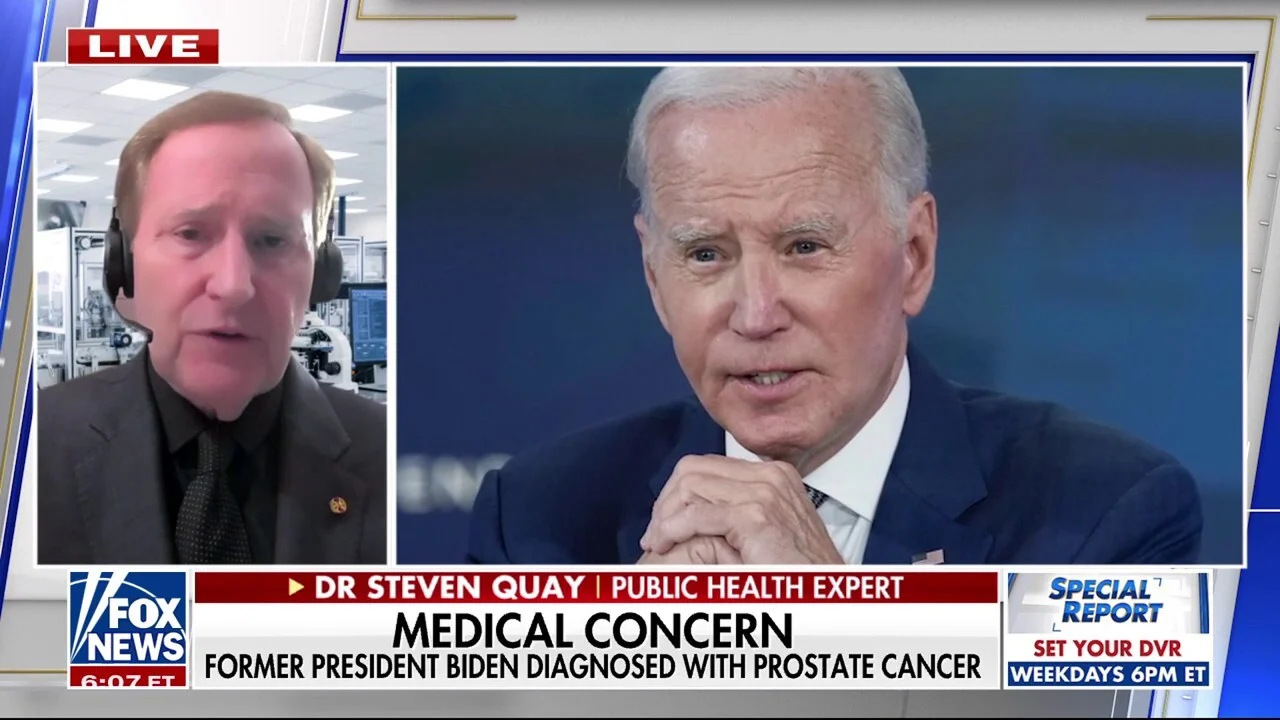The Timeline of the COVID-19 Infection
A publication 24-hr ago provides a good picture of the clinical stages of the disease and when they occur. The study is small, only 16 patients and, given that they all became hospitalized, remarkably young, with an average age of 36 years. But it let me draw a clear picture with one critical secret of the virus revealed.

The chart starts with Day 0, the day all patients were infected. That event is marked with a purple box.
In this trial the first evidence of disease is not a nasal viral swab but old fashion symptoms of any respiratory virus: fever, cough, and shortness of breath. You can see fever is present in almost all patients: 88%.
The chart shows the timing of symptoms, including fever, positive nasal swab tests, and the length of hospitalization, from Day 0, the day of infection, to Day 19, when the patients had recovered.
Symptoms: The red box at Day 5 after infection is the average day symptoms began and the green box is the average day symptoms ended. The range of dates is in yellow; these are days when some, but not all, of the patients had symptoms. So literally from the first 24 hours of infection out to 19 days post infection, you could have symptoms.
Take note: symptoms, on average, end 13 days after Day 0. Keep this fact in the back of your mind for later.
Fever, the most common symptom, starts on day 5 and runs, on average, through day 11 after infection.
So as a reminder, if a pre-symptom patient on Day 0 infects someone they can pass the disease on for, on average, five days before they have any symptoms. Just like closing the door after the horse leaves has never caught a horse in the history of equestrian pursuits, waiting to have symptoms before you perform social distancing will never stop the spread of this disease.
Virus Tests: The next event to occur is on Day 8 and that is a positive viral nasal swab test. The test is always positive after the symptoms have started and it takes over a week to become positive.
But here is where this virus is really diabolical. Notice the virus continues to shed for, on average, 15 days after infection on Day 0. And shedding can continue to occur out to at least Day 17.
Why is this critical?
Because SARS-CoV-2 continues to shed from a patient for two to four days after symptoms have ended. What do most patients and frankly many doctors think when the symptoms of a viral infection have ended? The conventional wisdom is you can no longer infect others.
This is wrong!
Note: this is the time line of the <15% who are sick enough to go in the hospital. So these times may not pertain to the 80% with mild symptoms.
Chang D, Mo G, Yuan X, Tao Y, Peng X, Wang FS, Xie L, Sharma L, Dela Cruz CS, Qin E. Time Kinetics of Viral Clearance and Resolution of Symptoms in Novel Coronavirus Infection. Am J Respir Crit Care Med. 2020 May 1;201(9):1150-1152. doi: 10.1164/rccm.202003-0524LE. PMID: 32200654; PMCID: PMC7193851.




